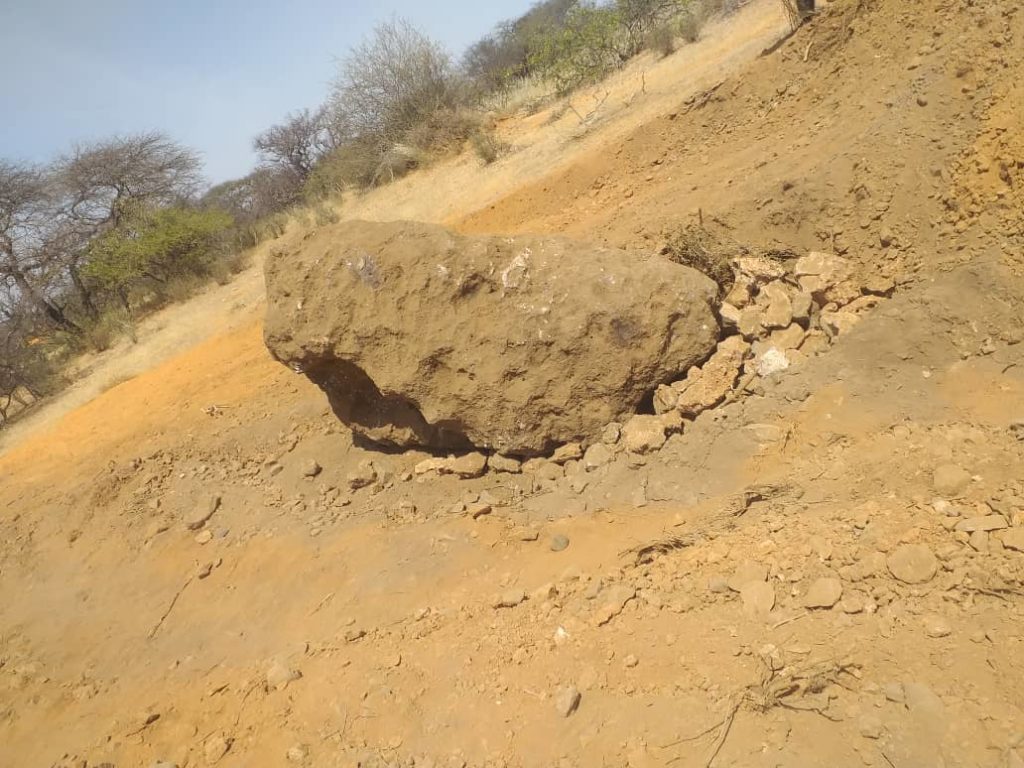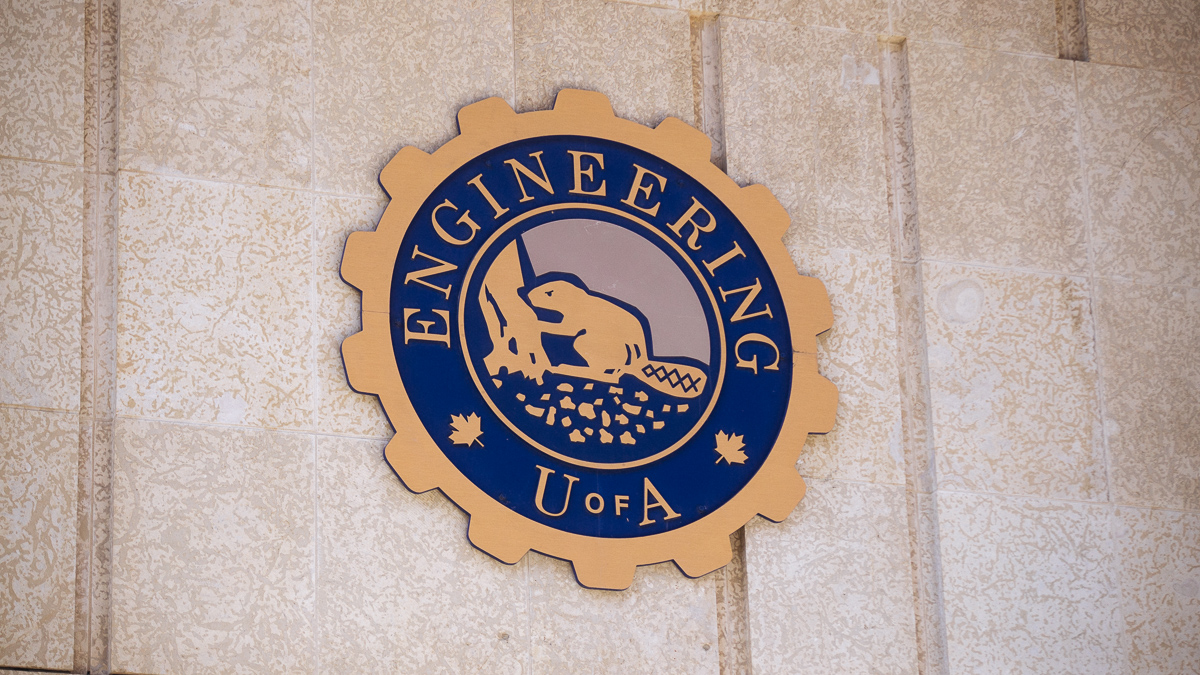 Supplied
SuppliedUniversity of Alberta experts are part of a team of researchers that have discovered two new minerals in a sample of the world’s ninth-largest meteorite.
The discovery of two new phosphate minerals, elaliite and elkinstantonite, are a specific combination of iron, phosphorus, and oxygen. The minerals were found in a sample of the El Ali meteorite that was sent to the U of A for classification.
The minerals were discovered by the U of A researchers in collaboration with the University of California, Los Angeles (UCLA), and the California Institute of Technology (Caltech).
Chris Herd, a professor in the department of earth and atmospheric sciences and curator of the U of A’s meteorite collection, received the 70-gram sample of the meteorite. UCLA also received a few grams of the meteorite.
“We are … basically, the main two groups in the world that do classification of iron meteorites,” Herd said.
Together, the researchers classified the El Ali meteorite as an iron, IAB complex meteorite. As Herd analyzed the meteorite for classification, he noticed the new phosphate minerals. He said that he could not “reconcile what [he was] seeing with any known minerals.”
“I was just investigating it, looking to see what minerals are inside … for the purpose of classification, that’s when I was like, there’s some weird stuff in here.”
Herd decided to bring in the expertise of Andrew Locock, head of the U of A’s electron microprobe laboratory. According to Herd, on the first day Locock analyzed the meteorite, he said that there were at least two new minerals. Locock has been involved in other new mineral descriptions including Heamanite-(Ce).
“When [Locock] … was looking at the El Ali meteorite in which we found these minerals, he said, ‘you’ve got at least two new minerals in there, I can see it,’ he could see it clearly right away just by careful analysis of the ratio of the elements.”
Herd said that the minerals have been previously synthesized by a research group. The advantage of having the minerals already synthesized is that the crystal structures and the properties were already known. Locock was able to match the composition of the new minerals with the human-made counterparts.
“Of course, anything that’s synthetic that humans create is not officially a mineral. It has to be found in nature to be called [a new mineral].”
Now that the minerals have been described, and their names have been approved, Herd said that a paper can be started on “what this means for what happened in this meteorite back when it formed.”

The elaliite mineral was named after the 15-tonne meteorite El Ali. The meteorite received its name as it was found near the town of El Ali, in the Hiiraan region of Somalia.
Herd named the new mineral Elkinstantonite after Lindy Elkins-Tanton, professor at Arizona State University’s School of Earth and Space Exploration and principal investigator of NASA’s psyche mission.
On November 21, Herd described his findings of the two new minerals at the Space Exploration Symposium.
According to Herd, if more samples of the meteorite were to be obtained there could be more minerals found. Researchers will continue to examine the minerals to determine the conditions in which the meteorite was formed.
Herd said that he never expected to be involved in describing a new mineral.
“Every time I’ve taught mineralogy which is a dozen times at least … one of the first lectures [is] on what is a mineral and how do you name them,” Herd said. “I’ve given that [lecture] a dozen times or more and never thought that I would ever actually be involved in that.”
“So it’s pretty exciting to be there and … to be involved in choosing the name.”




